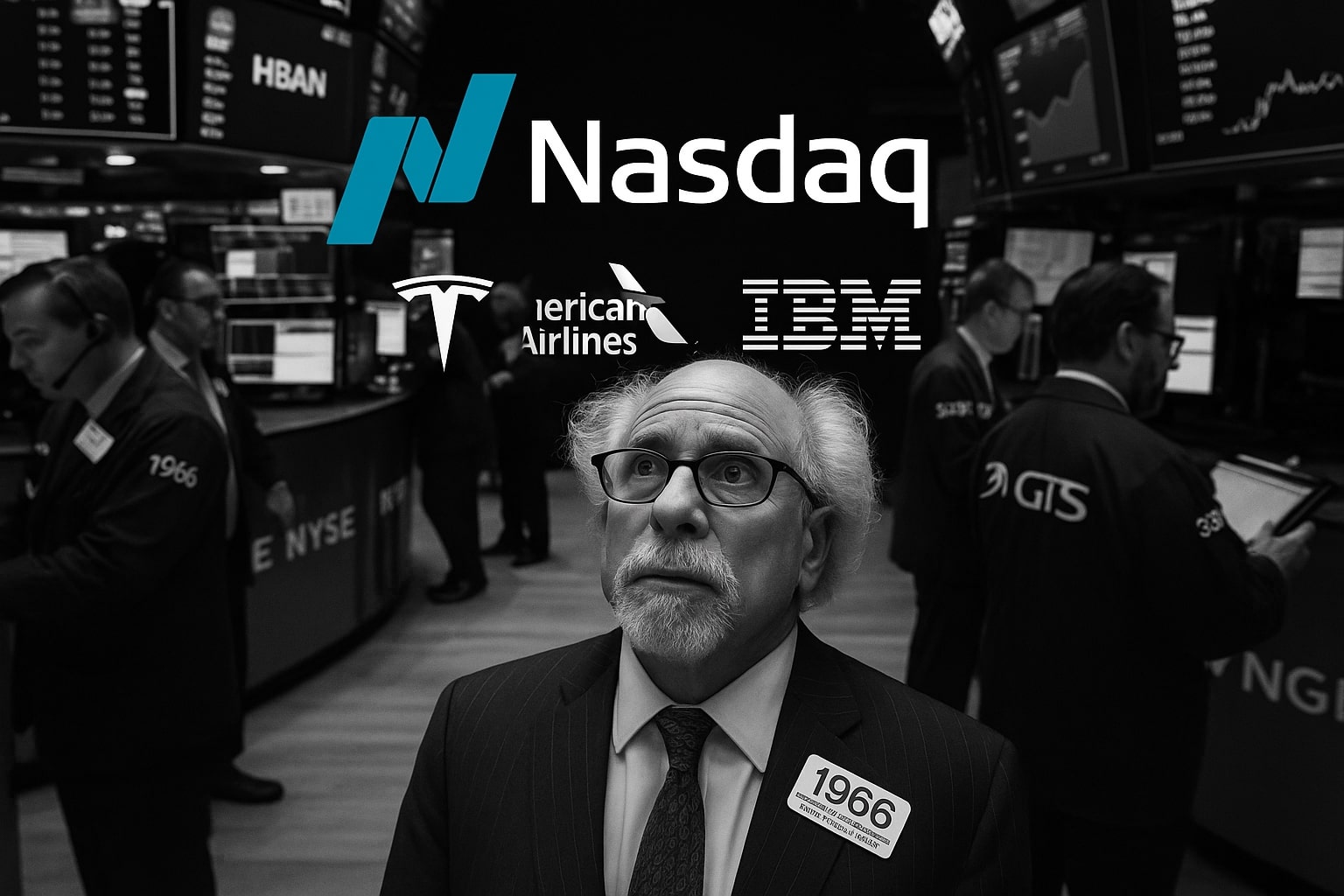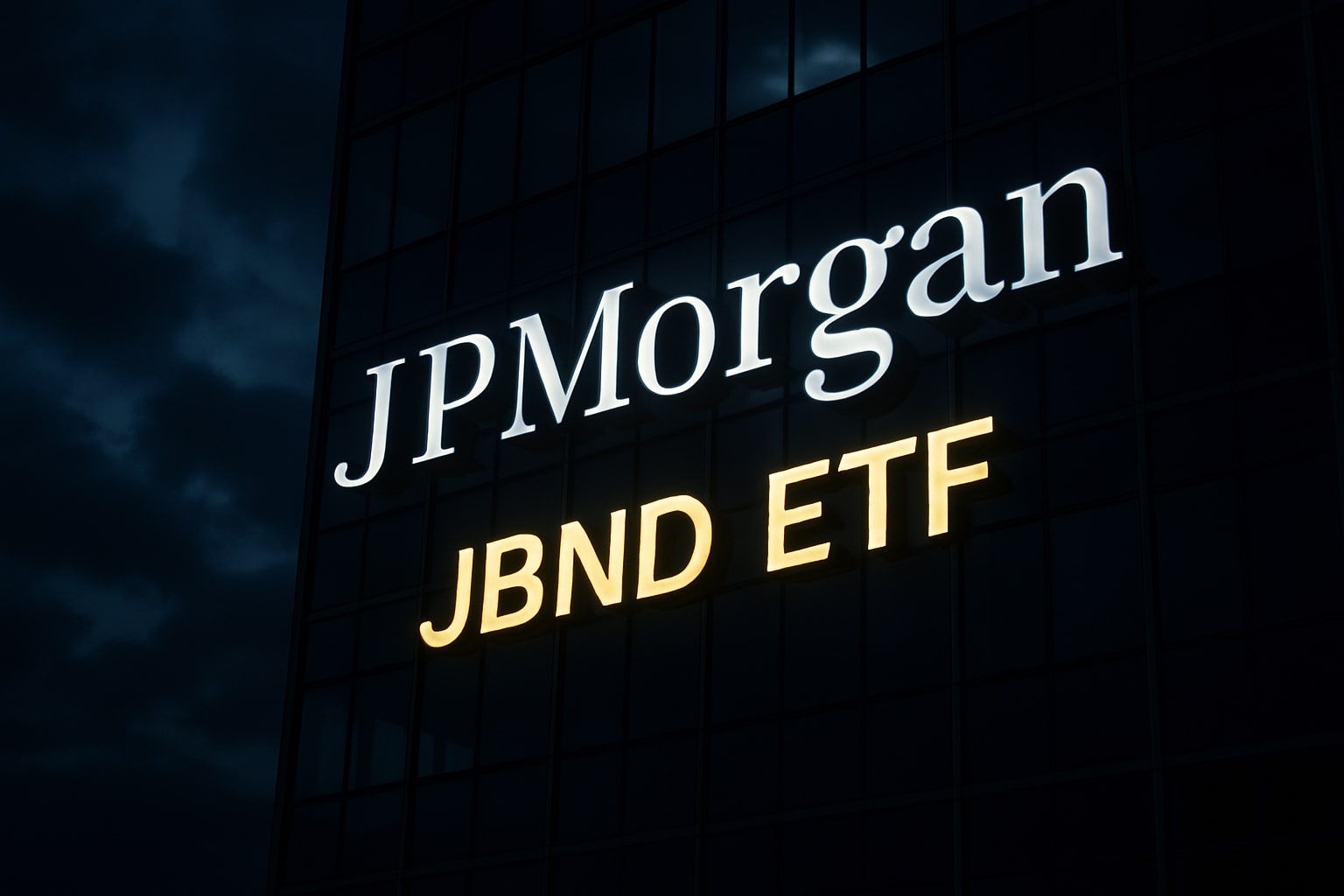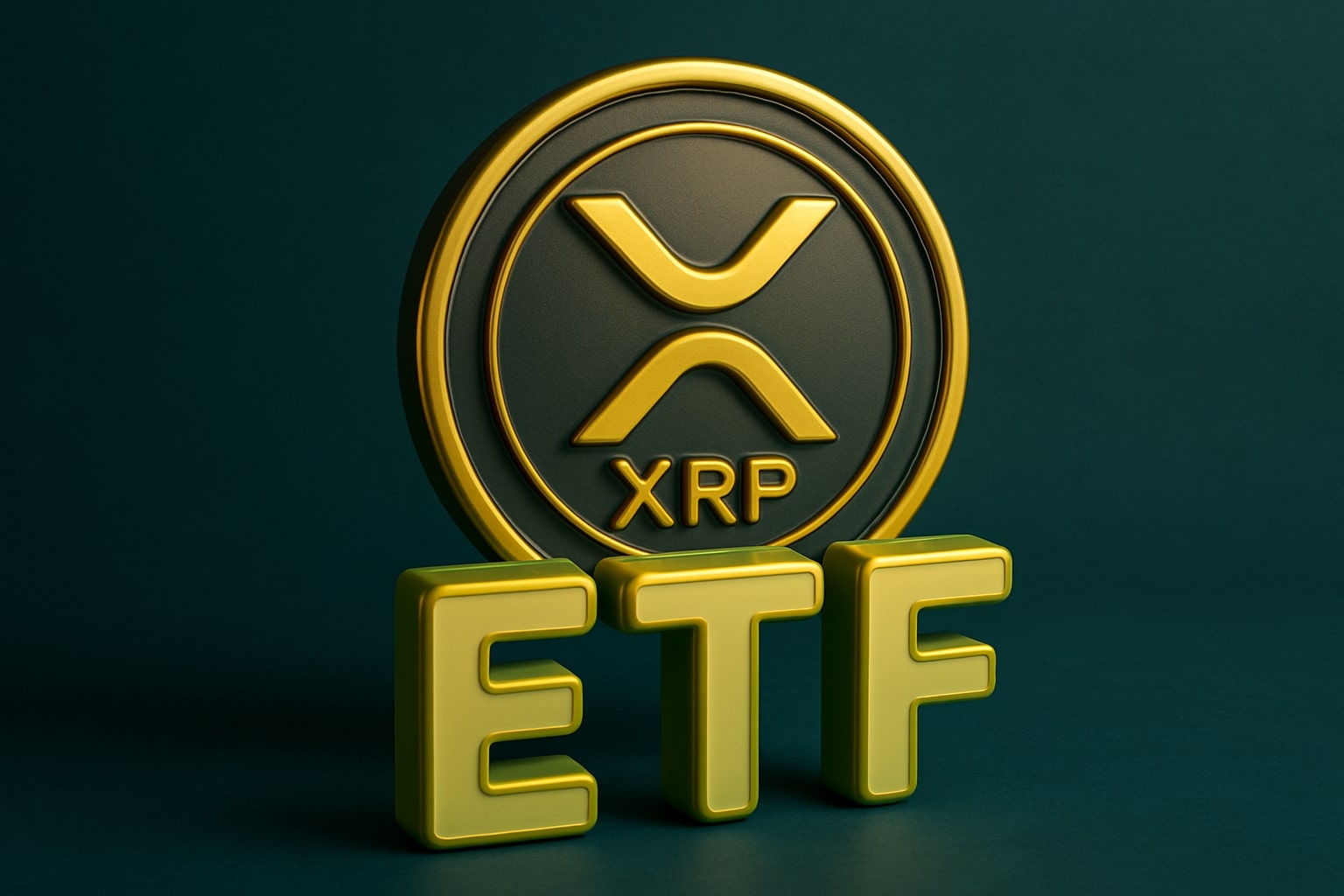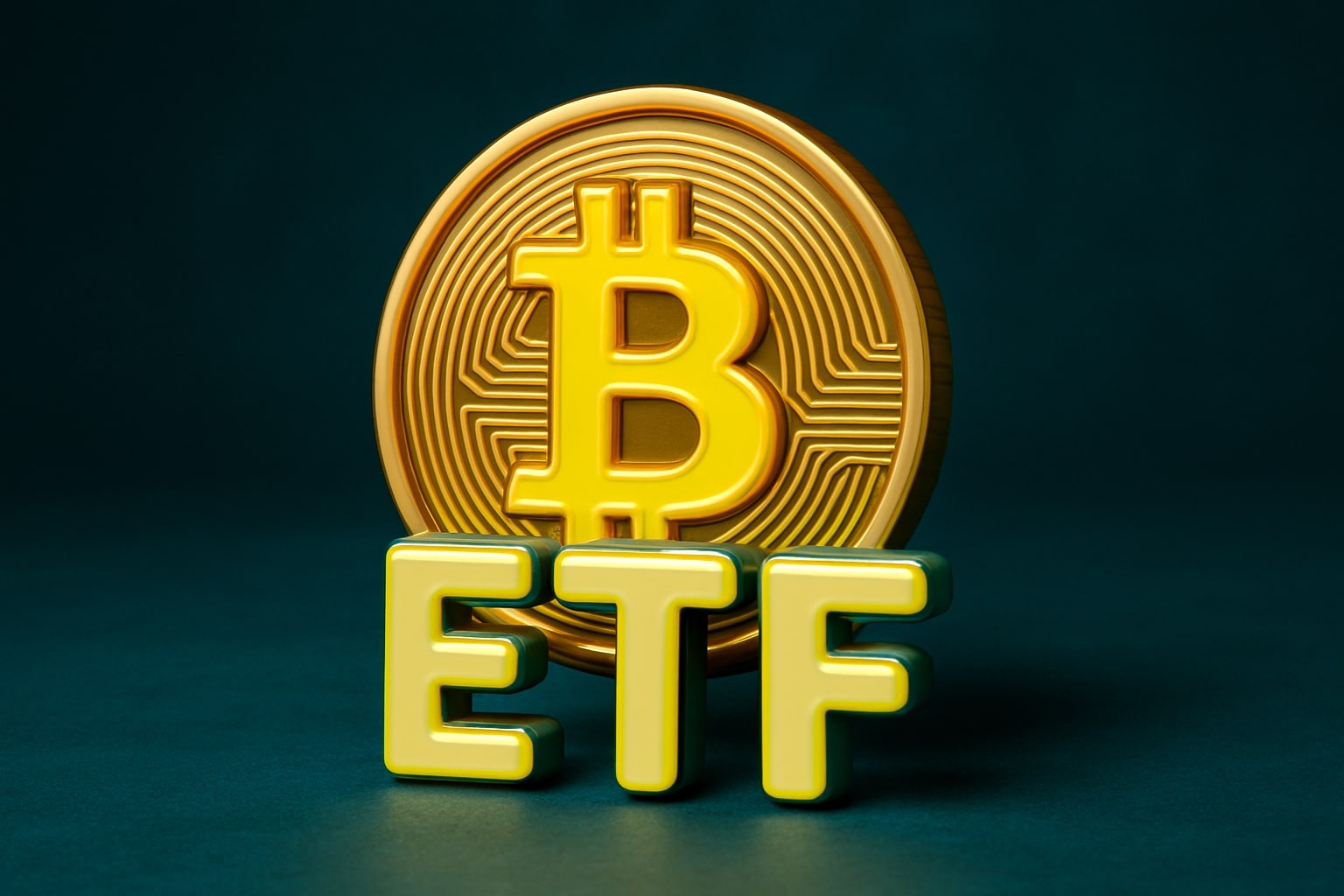Wall Street Volatility Deepens as Tech Earnings and Oil Sanctions Collide Across Global Markets
Nasdaq Leads Mixed Session as Tesla (NASDAQ:TSLA) and IBM (NYSE:IBM) Disappoint, While Oil Surges on Russian Sanctions
U.S. equity markets struggled for direction on Thursday as investors digested a wave of corporate earnings and geopolitical shifts. The Dow Jones Industrial Average (^DJI) hovered near 46,623.61 (+0.07%), the S&P 500 (^GSPC) rose 0.4% to 6,725.92, and the Nasdaq Composite (^IXIC) gained 0.73% to 22,907.05, driven by renewed momentum in artificial intelligence and data-center equities. The rally contrasted sharply with Wednesday’s selloff, when the Dow dropped more than 300 points after trade war concerns resurfaced.
The pivot came as Washington announced sweeping sanctions on Rosneft and Lukoil, Russia’s largest oil producers, in response to Moscow’s refusal to advance peace talks with Ukraine. The move sent Brent crude (BZ=F) surging 5.54% to $66.07, while West Texas Intermediate (CL=F) climbed 5.86% to $61.93, triggering a sharp rally in U.S. energy stocks. Exxon Mobil (NYSE:XOM) advanced 1.46% to $116.38, Chevron (NYSE:CVX) added 1.11% to $157.30, and Occidental Petroleum (NYSE:OXY) rose 3.49% to $43.19. In Europe, BP (LSE:BP) jumped 3.69% and Shell (LSE:SHEL) gained 2.88% as investors priced in higher refining margins and production spreads.
AI Infrastructure and Semiconductor Sector Anchor Nasdaq’s Recovery
The Nasdaq’s leadership reflected renewed strength in artificial intelligence and chip infrastructure names. NVIDIA (NASDAQ:NVDA) gained 1.08% to $182.23, extending its dominance as AI capital expenditure continues to underpin the broader market rally. Broadcom (NASDAQ:AVGO) and Amazon (NASDAQ:AMZN) also advanced, supported by continued optimism over cloud infrastructure demand.
In industrial tech, GE Vernova (NYSE:GEV) surged 3.02% to $593.41, while Vertiv Holdings (NYSE:VRT) jumped 6% premarket, after both reported order growth exceeding 55% year over year, driven by data-center electrification and power-equipment demand. GE Vernova swung from a $0.35 loss to $1.64 EPS, while Vertiv posted a 63% YoY profit increase, reflecting pricing power and expanding order backlogs exceeding $12 billion.
Meanwhile, Texas Instruments (NASDAQ:TXN) traded at $171.05 (+0.20%) after noting that semiconductor recovery “continues at a slower pace than historical cycles.” The cautious tone echoed across the sector as STMicroelectronics (NYSE:STM) tumbled 12.50% to $25.48 following weak Q4 guidance of $3.28B in revenue, below consensus expectations. Analysts attributed the pullback partly to delayed EV chip orders from Tesla (NASDAQ:TSLA) and Apple (NASDAQ:AAPL).
Tesla and IBM Earnings Disappoint, Triggering Sector Rotation
The spotlight of the week’s earnings season fell squarely on Tesla (NASDAQ:TSLA) and IBM (NYSE:IBM) — both delivering mixed results that fueled volatility. Tesla’s shares slipped 1.24% to $433.54 after posting Q3 revenue of $28.1 billion (+12%) and EPS of $0.50, missing consensus estimates of $0.54. While free cash flow surged to $3.99 billion, the company’s 37% drop in quarterly profit highlighted the cost of its robotics and AI initiatives and the expiration of federal EV tax credits.
IBM fell 2.07% to $281.55 despite reporting stronger profits and a growing GenAI backlog of $9.5 billion, up from $7.5 billion the prior quarter. Wedbush maintained a $325 price target, citing expanding demand for enterprise AI integration, while Bank of America raised its target to $315. Investors, however, penalized the software division’s in-line growth, suggesting concerns about IBM’s ability to sustain competitive differentiation against cloud peers.
Energy Surge and Sanctions Drive Broader Market Repricing
Oil’s sharp rally reshaped intraday leadership, with the S&P Energy Sector (XLE) rising 2.2%, outpacing all other sectors. The Trump administration’s sanctions on Rosneft and Lukoil — both central to Russia’s export network — heightened geopolitical uncertainty but also fueled optimism for U.S. producers. Analysts noted that India and China may face supply disruptions, with European LNG futures also climbing 2.19% to €32.47 per MWh.
European oil giants rallied in tandem, while natural gas exporters such as Equinor (OSL:EQNR) gained 4.59% to NOK 248.30. Brent’s surge marked its largest one-day percentage gain since June 13, positioning it for a retest of the $70 resistance level, while U.S. WTI futures now target $62–$65 short-term amid tightening supply forecasts.
AI Keeps U.S. Economy Out of Recession — Capital Expenditure Boom Continues
Economists credit artificial intelligence spending as the main driver preventing a U.S. slowdown. BNP Paribas estimated that AI-related capital expenditure added 1.3 percentage points to Q2 GDP, while small-business payments to technology services rose 7% YoY in September. The Technology Select Sector SPDR Fund (XLK) climbed 1.18% to $288.85, bolstered by Microsoft (NASDAQ:MSFT) and Alphabet (NASDAQ:GOOG) gains.
Google traded at $254.89 (+0.93%) following reports it is negotiating a multi-billion-dollar cloud partnership with Anthropic, potentially valued in the “tens of billions.” The deal would expand access to Google’s TPU computing units, underscoring the growing strategic competition with Amazon Web Services.
Corporate Movers: Quantum Firms, Airlines, and Consumer Stocks React
Quantum and semiconductor-linked equities advanced after reports that the U.S. government is preparing to take direct equity stakes in key national-security technology companies. The move aims to strengthen domestic innovation in chips and quantum systems. Intel (NASDAQ:INTC) was highlighted as a potential long-term beneficiary, with the company’s $36.78 (-3.52%) share price reflecting short-term caution ahead of earnings but renewed optimism over federal backing for its foundry and AI-accelerator programs. The plan resembles prior Commerce Department strategies that offered equity participation to IonQ (NYSE:IONQ), Rigetti (NASDAQ:RGTI), and MP Materials (NYSE:MP).
IonQ jumped 10.08% to $61.04, Rigetti rallied 11.09% to $40.06, and Quantum Computing (NASDAQ:QUBT) gained 8.97%, reflecting speculation that defense-aligned AI and quantum research could secure new public funding rounds. Analysts expect Intel’s inclusion to reinforce its positioning within the CHIPS Act’s $15 billion innovation pipeline, potentially lifting the stock if its Q3 earnings show progress in AI server shipments and foundry margins.
In transportation, American Airlines (NASDAQ:AAL) rose 4.84% to $12.68 after reporting a smaller-than-expected Q3 loss of $0.17 per share on $13.69 billion in revenue, guiding Q4 EPS between $0.45–$0.75, well above Wall Street’s $0.31 consensus. Meanwhile, T-Mobile (NASDAQ:TMUS) fell 5.03% to $215.97 despite adding 2.3 million postpaid customers, including 1 million new phone subscribers, marking its strongest acquisition pace in over a decade.
Commodities and Safe Havens: Gold and Bitcoin Rebound
After its steepest two-day decline in 12 years, Gold (GC=F) rebounded 2.23% to $4,156.10, reversing a portion of its 6% weekly drop. Spot prices remain volatile but supported by persistent inflation and haven demand amid escalating U.S.–China tensions. Year-to-date, gold is still up 55%, and futures now point toward $4,200 as the next resistance.
Bitcoin (BTC-USD) stabilized near $109,940 (+1.93%), after briefly dipping below $110,000, reflecting mixed risk sentiment. Analysts cited ETF inflows and declining volatility as signs that the crypto market is consolidating after a period of speculative unwinding.
Housing Data and Domestic Macro Trends
Housing provided another bright spot: existing home sales in September rose 1.5% MoM to 4.06 million annualized units, the highest since February. Median prices fell slightly to $415,200, up 2.1% YoY, as falling mortgage rates boosted affordability. Meanwhile, the U.S. 10-year Treasury yield (^TNX) held steady at 3.97%, keeping financial conditions relatively accommodative.
Market Sentiment: Earnings Strength Keeps Rally Alive
Despite mixed corporate results, over 80% of S&P 500 components have so far beaten earnings expectations, the best pace since 2021. The ongoing AI-driven capex boom, combined with robust airline and energy earnings, has offset trade and inflation fears. Strategists at Fundstrat see near-term momentum carrying the S&P 500 back to record highs by month-end, targeting the 6,800–6,900 zone.
Verdict: Cautious Bullish Bias — Buy on Pullbacks
Based on sector breadth, geopolitical alignment, and resilient earnings, the broader U.S. market maintains a cautious bullish bias. Energy and AI sectors lead near-term performance, while cyclicals face headwinds from trade risks and tightening fiscal conditions.
Outlook Summary:
-
S&P 500: 6,725.92 (+0.40%) | Target 6,900
-
Dow Jones: 46,621.94 (+0.07%) | Support 46,000
-
Nasdaq Composite: 22,907.05 (+0.73%) | Resistance 23,500
-
Crude Oil (CL=F): $61.93 (+5.86%) | Bullish above $62
-
Gold (GC=F): $4,156.10 (+2.23%) | Resistance $4,200
-
Bitcoin (BTC-USD): $109,940 (+1.93%) | Range $105K–$115K
Final Rating: Buy on dips — AI, Energy, and Data Infrastructure remain the leading catalysts while geopolitical risk defines the near-term trading range.
That's TradingNEWS



















